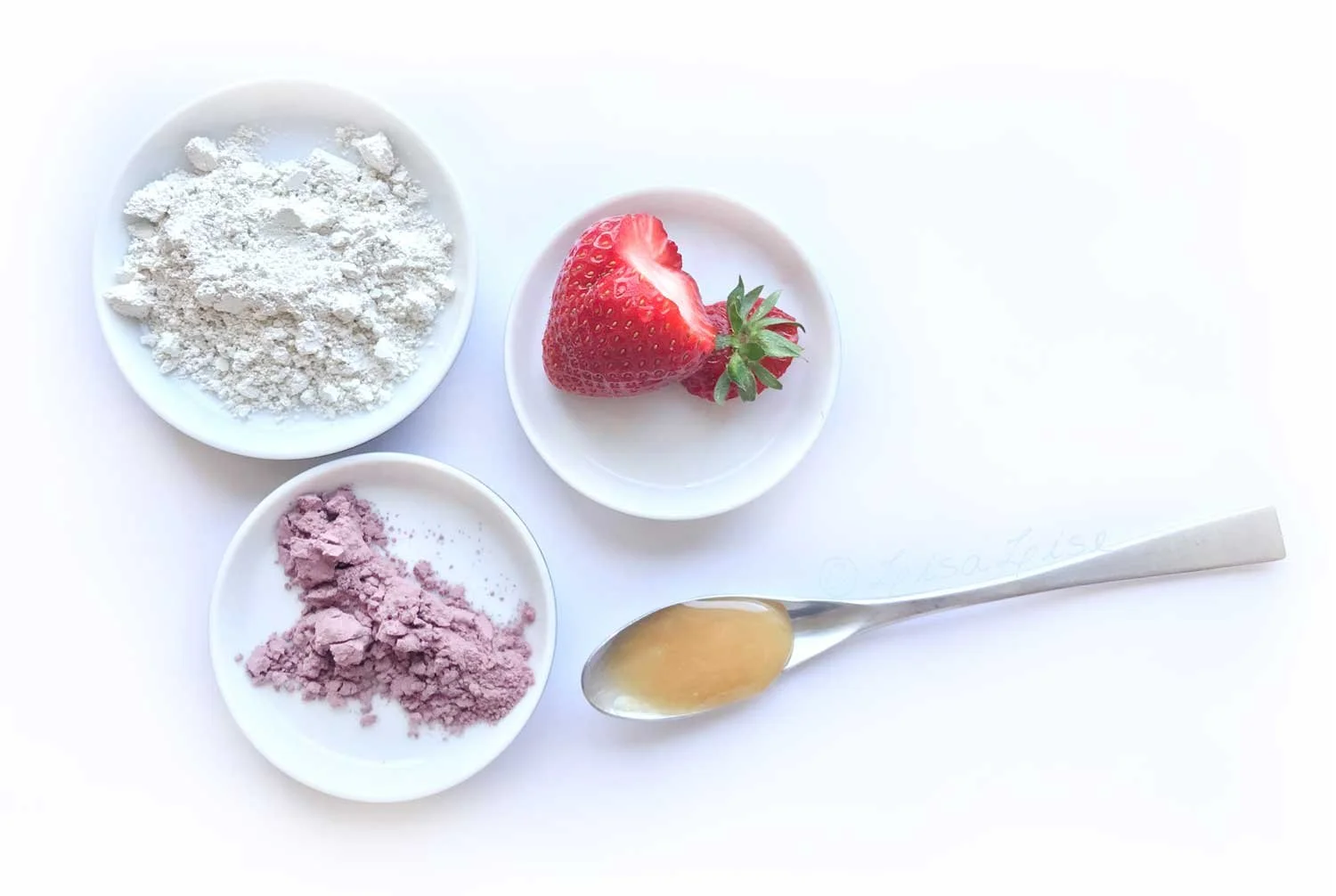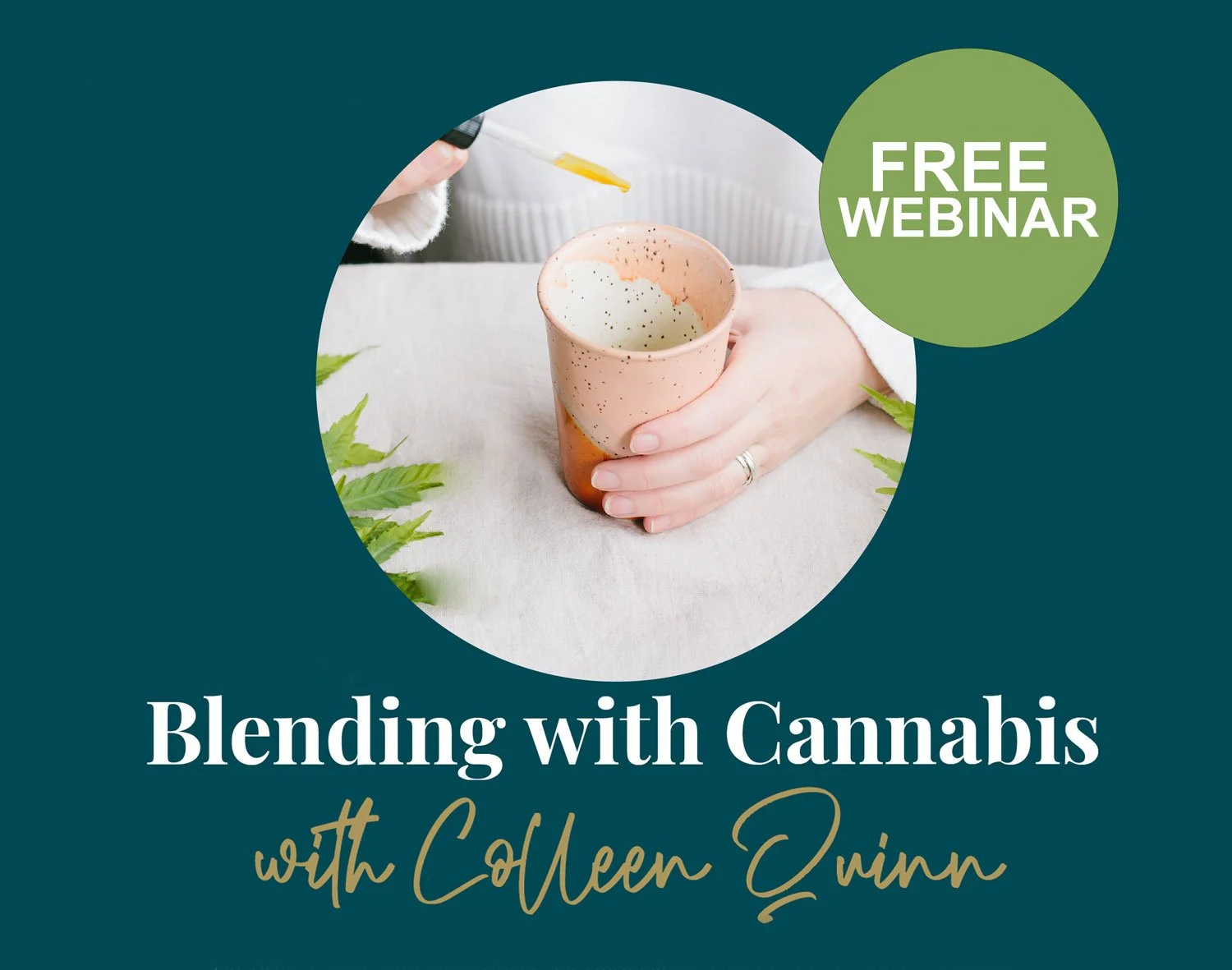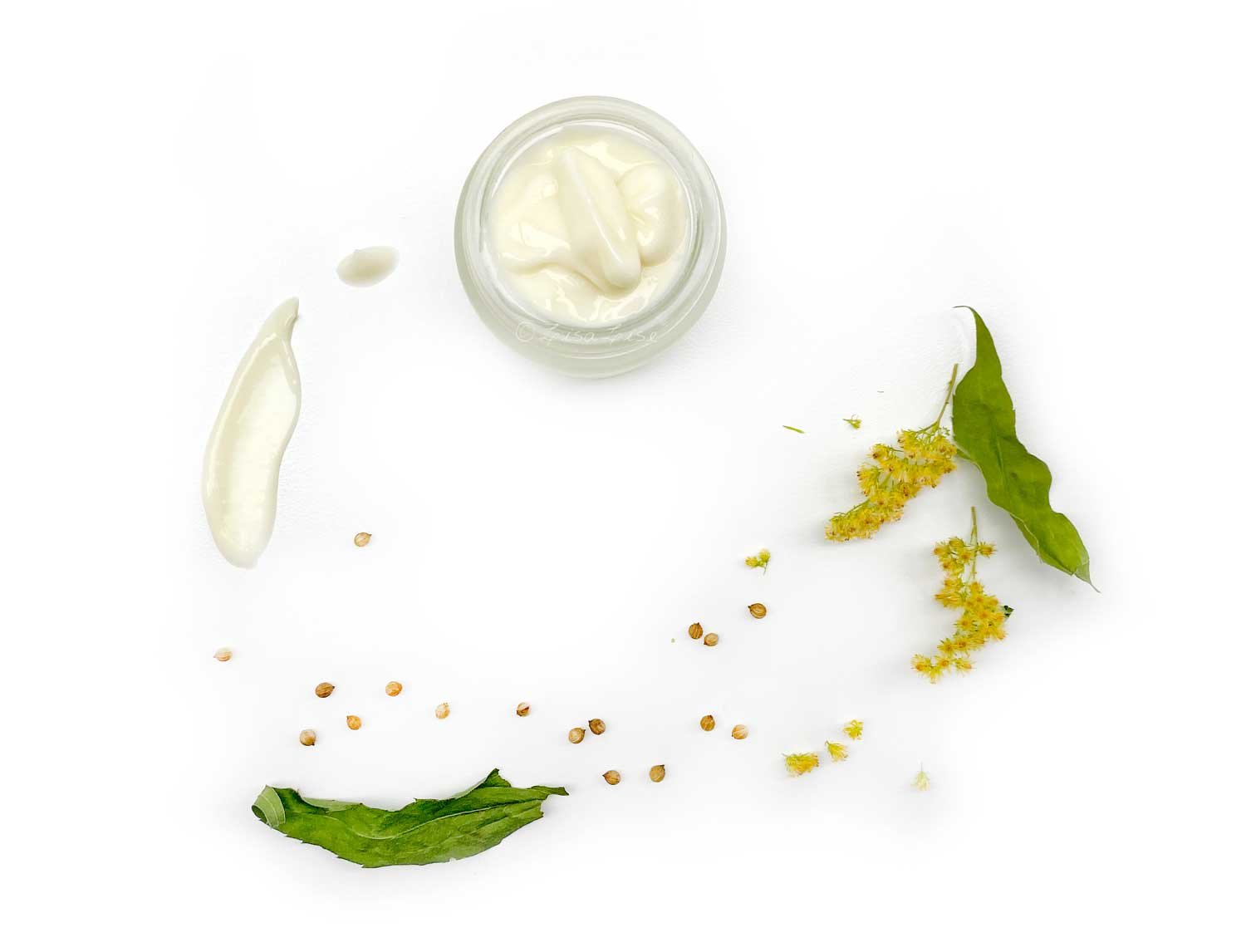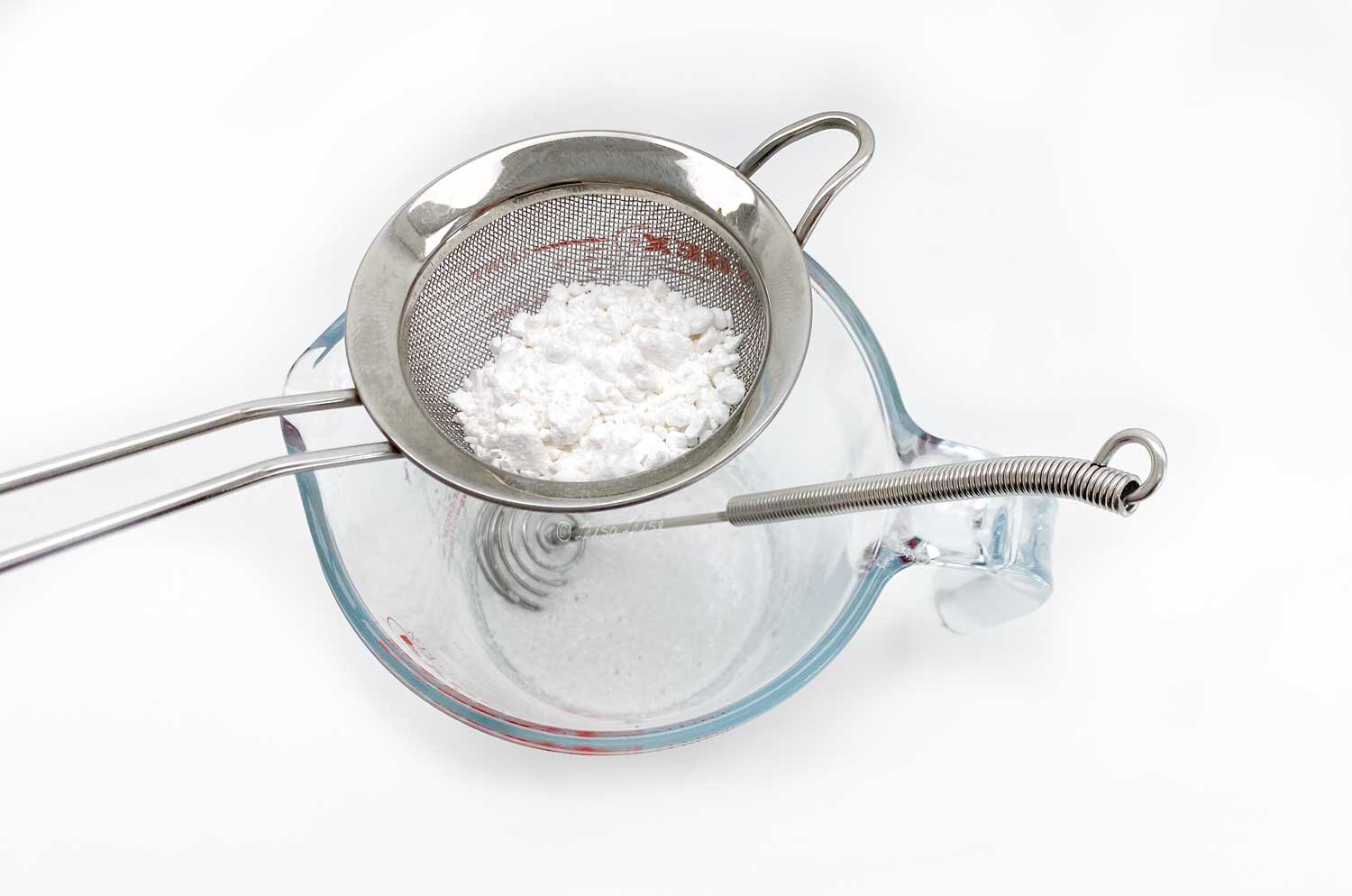Welcome to LisaLise blog Heike! Could you share a bit about how you decided to make and then share this formulation?
Oh, that was a very long time ago, 2008/2009 it must have been. At that time, a store introduced an innovative, gel-like and self-emulsifying compound based on a sugar ester (sucrose laurate), glycerin and oil, called "Sucragel". I researched the subject and learned that this composition forms special liquid-crystalline structures that reliably incorporate water and other lipids into a stable emulsion, even when processed cold. Sucrose laurates were not available to end users, but sucrose stearates were. Now lauric acid is a C-12 fatty acid, and stearic acid (both are the starting materials for the esters) is a C-18 fatty acid - it was to be assumed that the result would not be identical. Nevertheless, it worked. I had to experiment a bit on how to combine the individual components; after all, the compound "Sucrogel" should not have to be preserved. Therefore, the water content had to be kept low. Glycerin reduces the water activity of microorganisms, the oil is not microbially susceptible per se. The great thing is that the emulsifier concentration in the final cosmetic product can be kept extremely low. The cream gels are really very light in texture and feel, without being greasy or sticky - already a small innovation in the DIY cosmetics scene at the time.
Why I shared the formulation or the idea? Well, my main profession (I'm a teacher) thrives on the realization that practice without sound knowledge does not yield optimal results. Learning and understanding enables us to develop new things, to critically question results and to develop things together with others. My ideal is that all people should have access to education, to free education. I also live out this ideal in Olionatura.
You formulate cosmetics of all types, teach in seminars, have written books about making natural cosmetics, and generously share many DIY’s from your website. How long have you been formulating and what got you started?
I stirred my first products in 1978 when I was 15 years old. I started developing my current concept in 2006. What interested me was the connection between skin physiological processes and what certain substances can do if there are topical applied. First and foremost, I was fascinated by plant oils - this is how the name "Olionatura" came about and the focus on the use of plant oils in a skin-physiologically oriented cosmetic. The website on the internet was a door opener: there I documented my learning and shared it with others - and the first professionals became aware and contacted me. I was allowed to visit some of them personally (e.g. at the university or in the laboratory), and I am still connected with them today. It is fascinating to talk to people who are "on fire" for their field and to feel their enthusiasm to pass on this knowledge. For me, this is "networking" in the best sense: talking to each other, learning, supporting each other. I have been passing on my knowledge on Olionatura.de since 2006, in books since 2010 and in seminars and coaching sessions since 2015. Today I am happy to see how much has grown from this. Olionatura has become a second professional pillar in recent years, and I have been able to accompany many people on their way: To self-employment, to their first own skincare range ... or to healthy skin.
The motivation for my research was and is a harmonious, sensible, physiological and resource-saving skin care. On top of that: I just love to learn :-) Pressing fresh oils, making extracts, distilling plants, conceiving new product ideas ... all this is creativity and sensuality in beautiful combination.
What is Olionatura working on at the moment? Any exciting plans or projects you would like to share?
After developing effective care products, I have been fascinated by playing with colours for several years: I am currently intensively designing decorative cosmetic products that are composed as minimally as possible, but whose performance and skin compatibility are absolutely convincing. I am currently working on a new book about decorative cosmetics - a great topic, both theoretically and in practical implementation. You have to know: I never used to wear much make-up - now I do it with enthusiasm, and it's especially great when others can't see at first glance that the freshness you're currently radiating comes from the little jar! Well, women can't be fooled so easily, but my husband, for example, doesn't see it directly. Sometimes I ask him for advice, he knows that I have developed something, but not what ... then he looks at me, asks me to step into the light and says "You look good, so fresh ... but I don't know why." That's it! :-)
I'll soon be 60, and it's nice to be able to look rested and vital with few resources. The great thing is: decorative cosmetics are so easy to make and don't cost much. You hardly need any equipment, and the raw materials last a long time. Finally, you can choose your own individual colours and combine them as you like. However, if you are used to conventional products, you have to accept some compromises: Natural cosmetics can't (yet) be 100 % waterproof, and we don't have those bright, "popping" reds that you can get with synthetic dyes. However, it is possible today with a little know-how to realise great products that are also good for the skin.
Until a few years ago, it was difficult for consumers in German-speaking countries to buy high-quality, tested cosmetic pigments. In German shops, there were a handful that were very poorly or incorrectly declared. Most of them were only available in the USA. In 2015, I decided to buy my pigments for my seminars myself, preferably from Germany and Europe (we have really excellent expertise in pigment production in Germany), and to work with them. Since then, really good products have emerged - I haven't bought any deco cosmetics for years except for mascara (and here, too, I hope to find my own solution). Now I have it in my own hands to do without critically discussed AZO dyes, preservatives, silicones and mineral oil derivatives.
So, the short answer to your question is: My current project is the book on decorative cosmetics. When and where it will be published ... I won't tell you yet, quality takes time. But it will come, I promise! :-)
Thank you so much Heike!
And now, with Heike’s gracious permission, I am thrilled to present you with her formulation guide for this ‘Sucragel-style’ emulsifier which I have named ‘Sugar Ester Emulsifier’.

































